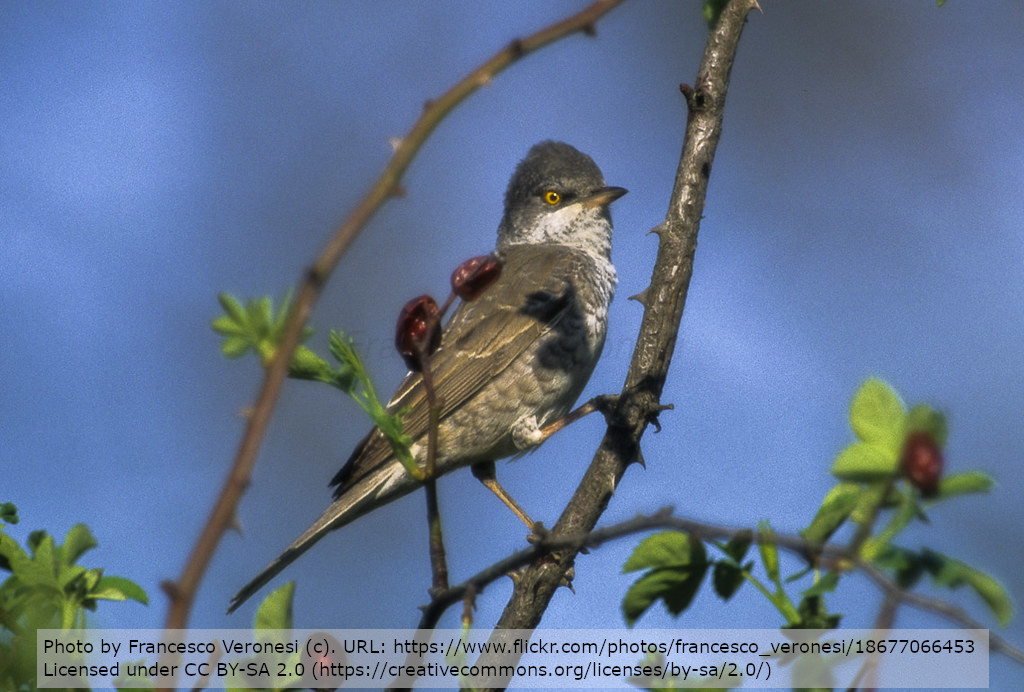Habitat preferences and population trends in the Barred Warbler Sylvia nisoria in the Ottenby area, southeast Sweden
DOI:
https://doi.org/10.34080/os.v14.22791Keywords:
habitat selection, bird ringing, bird banding, conservation, population studies, survey, monitoringAbstract
We performed a detailed census of the breeding population of Barred Warblers Sylvia nisoria in the Ottenby area on the southernmost part of the island Öland, SE Sweden, in the years 1999 and 2000. The number of territories in the study area was similar to the census conducted in 1971—1975, although the distribution of territories had changed. In 1999—2000 most territories were located in the grazed Alvar habitat (a limestone rich steppe found on some island in the southern Baltic Sea) in the north part of the study area, whereas areas in which grazing had ceased since 1971—1975 had been more or less abandoned. Data from the standardized trappings at Ottenby Bird Observatory showed no significant changes in the annual number of trapped juvenile Barred Warblers, also suggesting a stable population size. We investigated the vegetation (species composition and spatial structure) in occupied territories and compared these with randomly distributed plots in the same habitats. Occupied territories were overall more spatially varied, with a large proportion of the vegetation consisting of low and middle-sized bushes. We also use these habitat preference data to outline management advice for this rather uncommon species with fragmented distribution pattern.
Downloads

Downloads
Published
How to Cite
Issue
Section
License
The copyright of each contribution belongs to the author(s), but all contributions are published under a Creative Commons license, so that anyone is free to share and reuse the contribution as long as the copyright holder is attributed.







